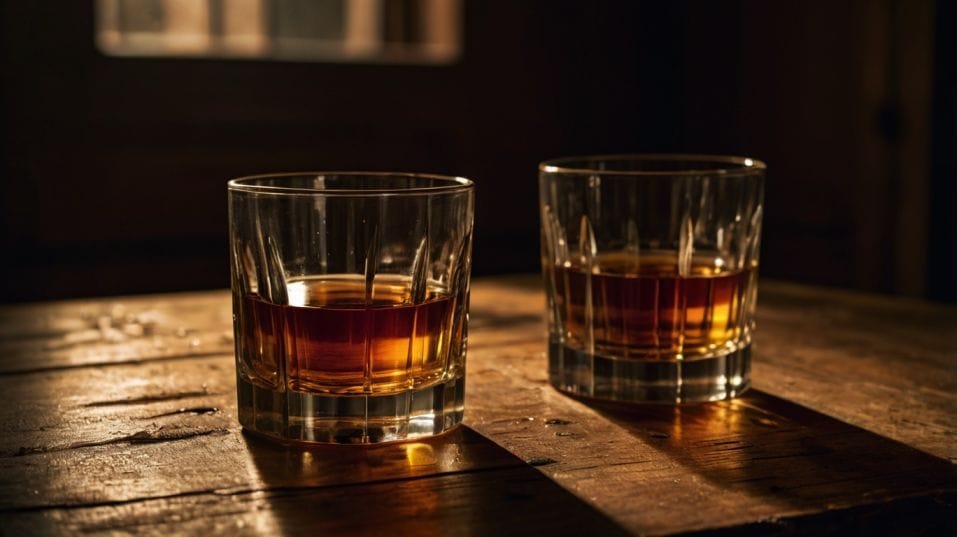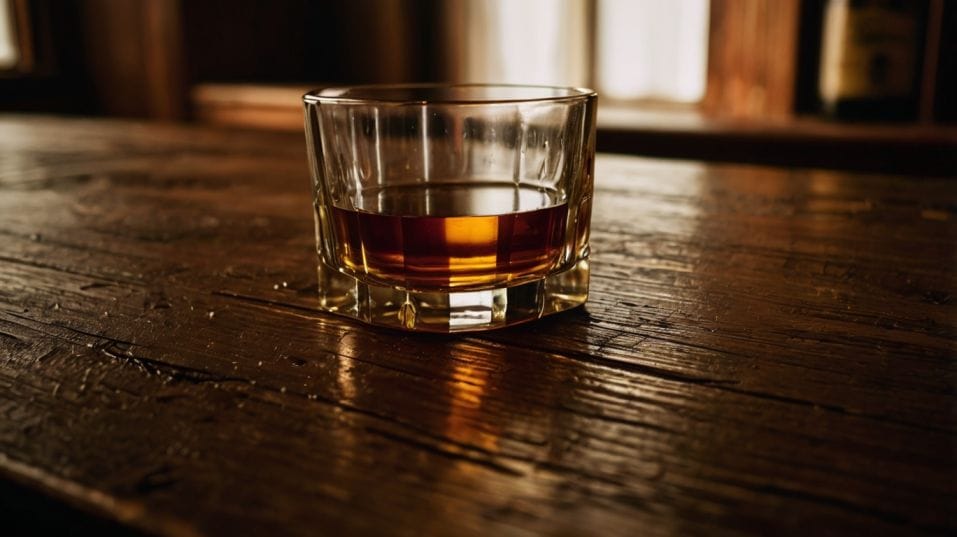Mouthfeel Matters: How Texture Impacts Your Sip
Unlock the power of mouthfeel in whiskey. Learn how texture shapes taste, boosts your palate, and transforms how you sip, collect, and choose.

What if the secret to truly understanding whiskey isn’t in the flavor—but in the feel? You don’t need a trained nose or a shelf full of unicorn bottles. Just tune into texture. Mouthfeel.
That subtle, physical pull of a pour that clings, glides, or vanishes. It's what makes one sip unforgettable and another forgettable.
Once you notice how whiskey behaves on your tongue, everything sharpens—your taste, your instincts, your confidence.
What Mouthfeel Really Means—and Why It’s Underrated
Mouthfeel isn’t just a buzzword. It’s the physical experience of whiskey on your palate—the viscosity, the weight, the way it coats your mouth or disappears in a flash.
It’s how whiskey behaves in real time. Is it oily or dry? Creamy or crisp? Heavy like syrup or light like a clean splash of mineral water?
Most beginners are trained to chase flavor first. Tasting notes get all the spotlight—vanilla, oak, cherry, spice—but those are just pieces of a bigger puzzle.
Texture is what frames them. A pour with balanced mouthfeel can make even basic flavor profiles feel luxurious. One with poor mouthfeel? It can turn complex notes into a jumbled mess.
Texture gives flavor structure. It paces how aromas reveal themselves. It affects finish, balance, and depth.
In blind tastings, the best whiskeys usually aren’t the most exotic—they’re the ones that feel right from start to finish. And once you dial into mouthfeel, you’ll notice this immediately.

The Key Factors That Shape Texture
Mouthfeel isn’t magic. It comes from measurable elements—grain selection, distillation technique, proof, aging, and blending choices. Here’s how some of the biggest contributors play out in the glass:
Grain Type
Different grains yield different textures. Corn, the backbone of bourbon, brings sweetness and body. Rye delivers lean spice and a drier finish.
Wheat softens the edges and adds a creamy, almost buttery mouthfeel. Malted barley offers texture too, especially in single malts, where it can add silkiness or a fine-grained oiliness depending on how it's distilled.
Proof and Dilution
Higher-proof whiskeys often bring more texture—thicker, oilier, more presence on the tongue. But that doesn’t always mean smoother.
Proof adds weight, but it also amplifies heat. When done right, cask-strength whiskey can feel chewy and complex. When mishandled, it drinks hot and hollow.
Barrel Aging
The barrel doesn’t just add flavor—it builds structure. As whiskey interacts with charred oak over years, it absorbs tannins, sugars, and lipids that directly impact mouthfeel.
Older barrels often produce whiskey with more grip and weight. Toast levels, climate, warehouse position—all of it matters. That soft vanilla finish or long, leathery chew? That's barrel work.
Distillation Technique
Column stills tend to produce lighter, cleaner distillates. Pot stills, especially in traditional Scotch or Irish whiskey production, preserve more congeners—compounds that add both flavor and texture.
Some whiskeys use both. Understanding how the spirit is made gives you a head start on predicting how it will feel in the glass.
How Texture Shapes Your Experience
Texture controls the tempo of your sip. It tells you when a flavor is about to bloom and how long it’ll linger. It shapes the arc from first contact to the finish. That’s why two whiskeys with identical tasting notes can drink completely differently.
A thick, oily bourbon will cling to your palate, dragging out deep sweetness, spice, and warmth. A lighter-bodied rye might hit fast and fade fast, but leave a tingling trail of herbal sharpness.
Both have their place—but if you can read the texture, you can choose based on what you want, not just what’s on the shelf.
Texture also helps explain why some pours “open up” over time. A whiskey that feels tight at first might relax with air or a splash of water.
That shift isn’t just in taste—it’s in how the structure rebalances. Lighter elements lift, heavier notes settle. Texture responds to your technique.
Building Your Palate Through Texture
Start training your mouth the way chefs train their hands: through repetition, contrast, and deliberate focus. Skip the overcomplicated flavor wheels. Pay attention to what the whiskey does, not just what it tastes like.
Sip with Contrast in Mind
Line up a soft wheated bourbon against a spicy high-rye. Try a low-proof Irish dram next to a cask-strength single malt. Don’t worry about “better” or “bolder.” Focus on feel.
Does it coat your mouth or shoot straight down your throat? Is it sharp, round, slick, gritty? These aren’t metaphors—they’re physical impressions your body registers whether you’re new or seasoned.
Use Water Intentionally
Adding a few drops isn’t just about taming burn. It alters structure. Some whiskeys tighten up with water, others stretch out.
Watch how the mouthfeel evolves with each adjustment. This teaches you how alcohol and oils balance—crucial for understanding older whiskeys or those with high ester content.
Eat, Then Sip Again
Food changes texture perception. Try whiskey after eating something fatty, salty, or sweet. It reshapes how the pour lands on your palate.
Suddenly that “dry” dram feels plush. That “smooth” one thins out. Use these shifts to dial in your sensory map.
Why Collectors Should Care About Mouthfeel
If you're building a whiskey collection with any intention, texture should guide your buying decisions. Chasing rare labels or age statements alone is like collecting art by size. You’re missing the soul.
Some of the most collectible and beloved bottles deliver on mouthfeel even more than flavor.
Think of the whiskeys you can recognize blind—not by taste, but by how they sit on your tongue. Those are the keepers. They’re not always the flashiest.
But they stay with you. Literally. Pay attention to bottlings that feel “complete”—not just high-scoring or trendy.
Notice how certain distilleries produce consistently rich or elegant mouthfeels, regardless of mashbill. This insight helps you skip the hype and focus on substance.
Final Thoughts
Mouthfeel is where whiskey becomes personal. It teaches you how to slow down, listen to your palate, and trust your instincts.
You stop chasing someone else’s flavor notes. You start building your own internal compass—one that works bottle to bottle, pour to pour.
So here’s your move: Tonight, pick two bottles off your shelf. Don’t overthink it. Pour them side by side. Sip slowly. Forget tasting notes.
Focus on feel. One will grip, one will glide. One will stay, one will fade. That’s mouthfeel. That’s mastery in motion.
Now make it a habit. Taste with your tongue and your instincts. Build your collection with texture in mind. And keep training. Because when it comes to great whiskey, how it feels is just as powerful as how it tastes.




